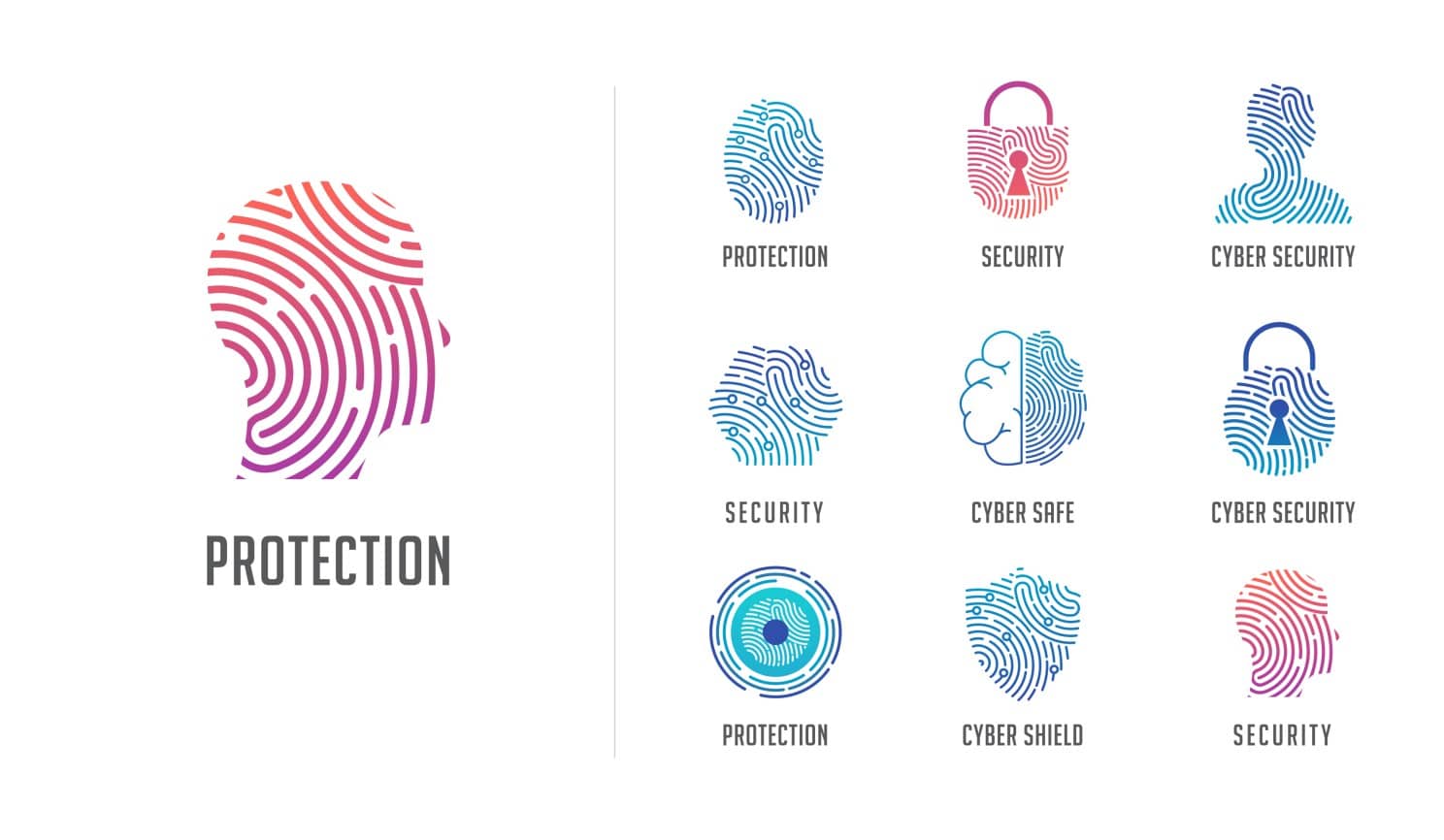In the present context of accelerating digital transformation in all areas of our society, the healthcare sector could not be left out. In this sense, the healthcare technology sector is the main driver to ensure the transformation of the healthcare system. However, the challenges are very great. Identifying and addressing them is our immediate task so that our citizens can enjoy increasingly higher quality healthcare.
One of the main challenges I see in this scenario is to achieve a high level of interoperability in our National Health System given the tremendous benefits it offers us in clinical practice and research.
What do we mean by interoperability?
Interoperability is the secure exchange of electronic health information between two or more systems, and the authorized use, according to regulations, of this information in the most efficient way.
We are talking about two essential components:
- The exchange of information between systems: that the systems are designed and developed in such a way that the integration effort is minimal.
- The “language” or semantic interoperability: the ability of systems to understand the data they are sharing.
The pandemic has been the catalyst for all the efforts and initiatives being made in this area because of our urgent need to share information nationally and internationally to address COVID-19.
The European Commission’s priorities for 2019-2025 include the creation of a European data space in the healthcare sector, where interoperability plays a very important role. Spain therefore aims to create a national data space among all the autonomous communities, but the guidelines and strategy are not yet clear.

Why is it important?
We can identify four compelling reasons to be convinced of the value of achieving interoperability:
- Guarantees continuity of care: as it allows us to connect the different levels of care, providing quality medical attention to people, in terms of guaranteeing a better diagnosis and better therapeutic alternatives.
- Increases the productivity of healthcare professionals.
- Standardizes the exchange of information and the language in which they connect. In other words, it guarantees the ability to understand, it gives the welcome to tools such as artificial intelligence, that allow us to exploit the data into valuable information, not only at the care level but also in the field of research.
- Facilitates medical research. Having a structured data allows our researchers to get the necessary information for their large-scale studies. A benefit that returns to our society in better ways to prevent, diagnose and treat diseases.
We are talking about people
Let’s see all this with a very simple example. Ana, a 35 year old working woman diagnosed with breast cancer.
When Ana comes to our National Health System (NHS) to have a particular ailment resolved, in her eyes, she is dealing with a single process. But for those of us who are behind in this journey that is taking place Ana in the NHS, until she is diagnosed with breast cancer, we know that there are many systems operating at the same time: we have to be able to access the systems (share information), be able to exchange that information and be able to use that information in the care setting. And even more so now that we are increasingly incorporating genomic data that enrich the quality of medical care.
We see these types of challenges frequently in the healthcare sector. Probably, in Ana’s case, it was necessary to perform a biopsy and it is possible that she needed a second medical opinion, since we are talking about a quite important pathology. Are we prepared to facilitate the exchange of information required in a case like this?
In addition, we see difficulties in the market in terms of the interoperability of medical imaging in anatomic pathology, which prevents us from carrying out actions such as this, where we need to have a comprehensive view of the patient. And if Ana needs to go to a specialized center for her chemotherapy sessions, are we prepared to exchange information securely through medical devices?

Observing what has been happening in the sector, we find institutions with very few weapons to respond to a possible cyber-attack. And this is of considerable importance, as it is a vulnerable gateway for our entire National Health System, and especially at the level of medical devices. There is a valuable document in this area prepared by the Technical Committee on Interoperability of the NHS of the SEIS (Spanish Society of Health Informatics) that I invite you to read, as it provides important recommendations for those who are involved in projects with medical devices.
On the other hand, through our experience with our nursing solutions, present in more than 80 hospitals throughout Spain, we also find different “languages” in the systems. We see this at different levels of care and much more so between autonomous communities. This hinders the care process as well as research.
Many times we create products, and I say this from the industry side, that do not provide the necessary basis for interoperability. We, in 2005, made a huge effort in the company to migrate our products to more interoperable platforms, but there is still a lot of work to be done together with the SNS in its different healthcare centers with semantic interoperability, as I defined it earlier, the “language”. If we are able to articulate the needs of the care setting and the needs of the research setting, and agree on how to structure, store and share all this information, we will add incalculable value to the entire care and research process.
How to meet the challenge of interoperability?
Perhaps allowing the entry of new technologies such as the blockchain that increases the level of reliability and security of the information being sharedor the data fabric that could help us with the management and integration of healthcare data with an innovative architecture that manages data from physical or cloud server sources, present in information systems as complex as hospitals.
What we do agree on, and there is a broad consensus at the European level, is that we need to have an national competence center in health interoperability issues. This entity must to indicate the guidelines that favor this exchange of information throughout the SNS, under international standards, and a single “language”. All this, supported by the regulatory role of the Ministry of Health, which establishes a regulatory framework that to interoperability and define incentives to avoid information blocking.
Some example of this we have in the United States, where in early 2019 the Department of Health (HHS) proposed a new rule added to the “21st Century Care Act” to support the secure access, exchange and use of electronic health information: “21st Century Cures Act: Interoperability, Information Blocking, and the ONC Health IT Certification Program“. To this end, they included certification conditions for ICT developers that promote interoperability and prevent information blocking.
And how is Spain doing in terms of Interoperability?
According to the study The European Union’s electronic health record (EHR) interoperability standard published in 2020, Spain is in a low level of EHR interoperability at the different levels of care (primary care, hospitals and specialized centers), ranging from 25-50%, and almost no interoperability at the socio-health care level and home care.
In conclusion, we need to be able to come to an agreement at regional, national and international level, as we move more and more for work, study or pleasure, in order to promote this continuity of care that we need so much for our families.
Let’s work together for interoperability. It is a necessity at the global, European and national level, let’s seek to give it visibility and promote its priority in the National Digital Health Strategy, Recovery and Resilience Plan (component 11) and in the Health PERTE. Let us all agree to speak the same “language”, regardless of the level of care, of the Autonomous Community. Thus, we will see this value of interoperability reflected at the healthcare level, providing quality care, improving the experience of our citizens when they visit the NHS and facilitating the necessary information for our researchers.
From
Oesia
Healthcare
we highlight the importance of public-private collaboration in the field of Healthcare Interoperability. We are committed to the design and development of products under international standards that support this cause and avoid information blocking between systems.
Yulisa Dominguez MD, MBA, Senior Clinical Product Manager in Grupo Oesía
